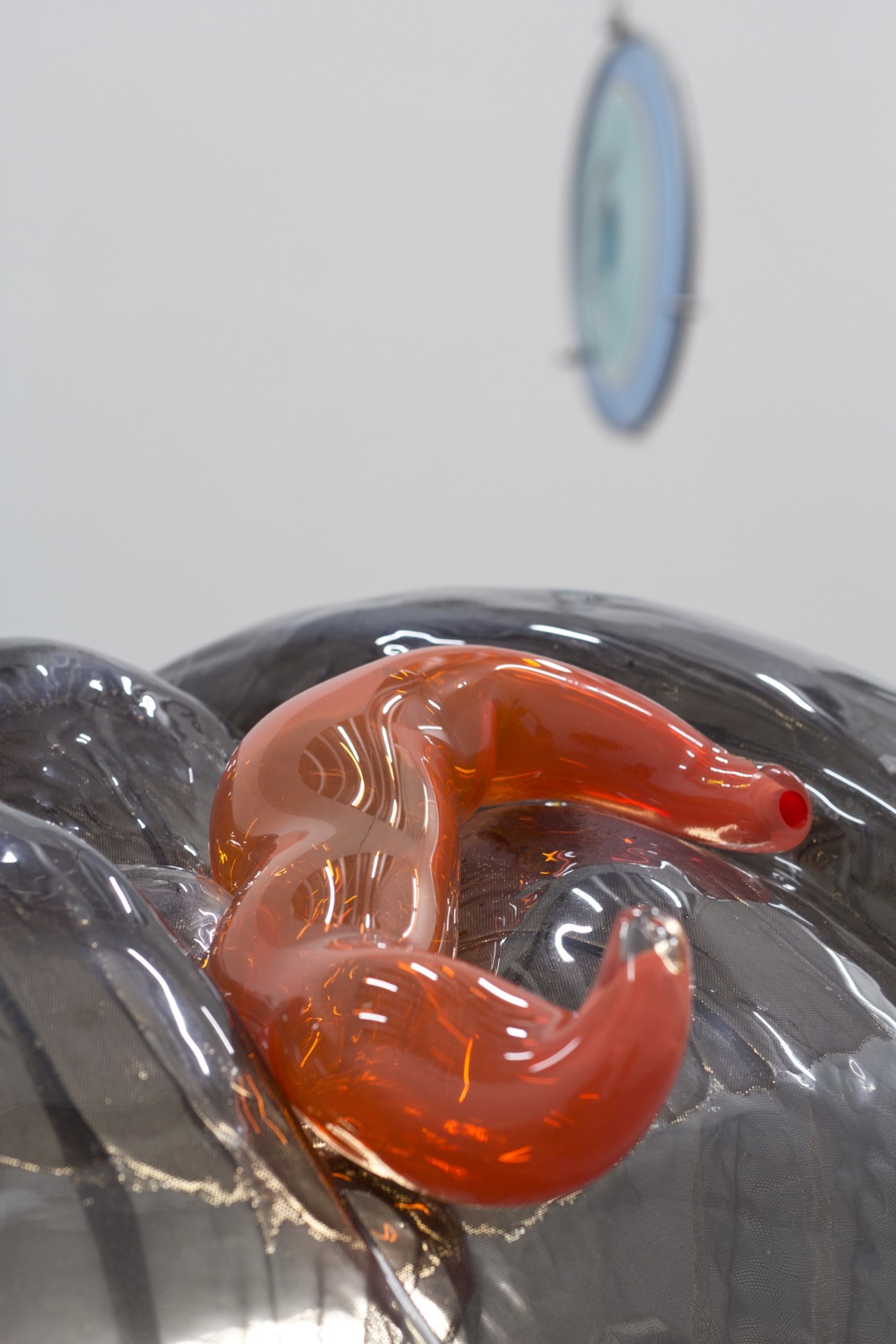Remembering your solo show “The Return of Sweetness” at Tenderpixel gallery, London (2018). Can you talk about its concept and the materials you have used.
This was a starting piece that turned our focus towards modern medicine, and its invasive and monitoring relationship with organisms. In ‘The Return of Sweetness’, we turned to metabolism both as a metaphor for an economic approach to nature, as well as a physical process. Since metabolism is thought of as more or less individual (each of us has a different metabolic rate), today it is another case of being monitored and controlled by large power structures. While we are encouraged to boost our metabolism, at the same time we are entangled in socio-economic structures that determine our diets and habits. Most people with lower income are forced to ‘choose’ unhealthy lifestyle and nutrition, because it’s most affordable for them and because it’s something one can grab while running from one work shift to another. At the same time, hyper-networked society is shaming such ‘lifestyle choices’ this way delegating all the responsibility towards the individuals, not the system as such. Therefore, we looked into various kinds of gastric bypass surgery, and how modern medicine basically sculpts organs, like stomachs, in order to control the amount of food that enters the body. For the installation, we created a group of sort of externalised organisms, open for inspection by viewers. In this project we employed glass for the first time, which we use in our installations till today. It’s an incredible material, as it contains softness and solidity at the same time, it’s very organic and stubborn material.
How do you see the post pandemic new world, what are the consequences and what is the future to come?
It’s going to be a world full of depressed, frightened and exhausted people who are afraid to touch and hang around. It sounds like some sort of irony, but it is going to be very much of uncertainty and paranoia in the air for many, many years to come, and it is already clear that the divide among people who trust science and people who trust conspiracy theories is growing wider everyday. What used to be like a joke is becoming a real threat as conspiracy theories give birth to fear, hate and violence. It’s something that needs to be considered seriously rather than dismissed as a harmless joke.
What are you currently working on?
The closest even in our artistic life is a book and a large-scale solo show coming up at Leopold-Hoesch-Museum in Düren, Germany, in which we will present an overview of our work of the last three years. The book that we’re preparing with the museum and Günther-Peill-Foundation will be encompass pieces made over the last five years and will include texts written specially on this occasion by Yuk Hui, Hannah Landecker, and Alvin Li, which was a true joy for us. For the upcoming fall, we’re preparing for a solo show that will open in Milan, a fairly new space called East Contemporary, and also working on a commission for Kaunas Biennial (Lithuania) this year curated by a Canadian curator Josée Drouin-Brisebois. One of the venues of the biennial is going to be in an old and unique zoological museum, in which we hope to make a site-specific piece that would be in dialogue with the history of the museum and with the particular atmosphere of dead nature spread within its halls.
 https://www.nastymagazine.com/wp-content/uploads/2023/10/sepehr-badiei-001.jpeg
1202
1700
admin
https://www.nastymagazine.com/wp-content/uploads/2015/02/new-logo-basker-WHITE4.png
admin2023-10-20 15:19:482023-10-27 16:24:19A Thread of Resilience and Revolution
https://www.nastymagazine.com/wp-content/uploads/2023/10/sepehr-badiei-001.jpeg
1202
1700
admin
https://www.nastymagazine.com/wp-content/uploads/2015/02/new-logo-basker-WHITE4.png
admin2023-10-20 15:19:482023-10-27 16:24:19A Thread of Resilience and Revolution















